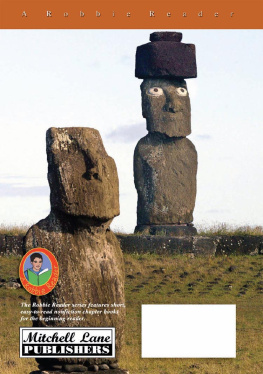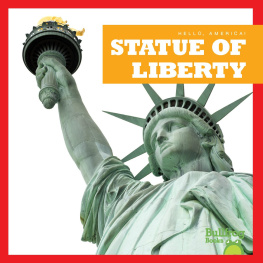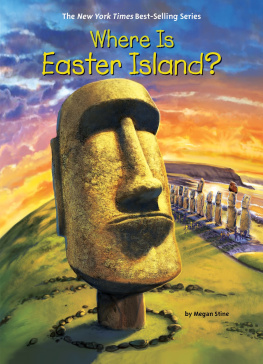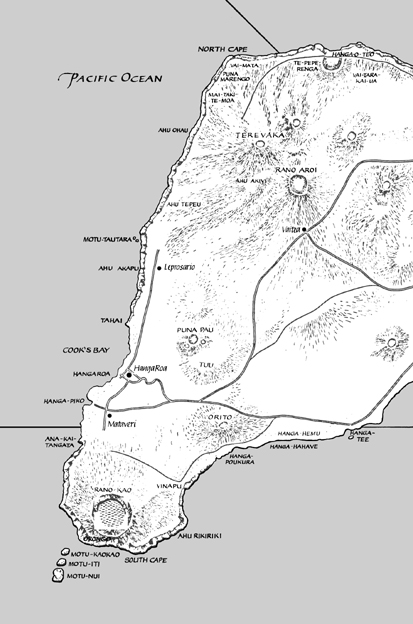
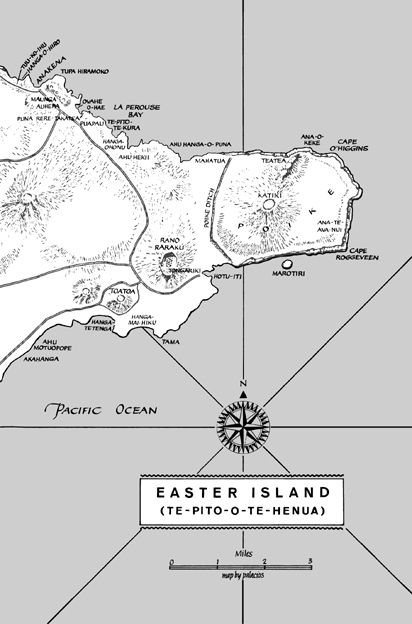
BOOKS BY
John Dos Passos

HISTORICAL NARRATIVES
THE GROUND WE STAND ON
THE HEAD AND HEART OF THOMAS JEFFERSON
THE MEN WHO MADE THE NATION
MR. WILSONS WAR
THE SHACKLES OF POWER
THE PORTUGAL STORY
EASTER ISLAND
RAPPORTAGE
JOURNEYS BETWEEN WARS
THE STATE OF THE NATION
TOUR OF DUTY
BRAZIL ON THE MOVE
CONTEMPORARY CHRONICLES
CHOSEN COUNTRY
THREE SOLDIERS
MANHATTAN TRANSFER
THE 42nd PARALLEL
NINETEEN NINETEEN
THE BIG MONEY
THE MOST LIKELY TO SUCCEED
ADVENTURES OF A YOUNG MAN
NUMBER ONE
THE GRAND DESIGN
THE GREAT DAYS
MIDCENTURY

PUBLISHED BY DOUBLEDAY
a division of Random House, Inc.
All characters in this book are fictitious, and any resemblance to actual persons, living or dead, is purely coincidental.
Copyright 1971 by Elizabeth H. Dos Passos and H. Marston Smith, Executors of the Estate of John R. Dos Passos, Jr., deceased.
All rights reserved. No part of this book may be reproduced or transmitted in any form or by any means, electronic or mechanical, including photocopying, recording, or by any information storage and retrieval system, without written permission from the publisher.
For information, address Doubleday, a division of Random House, Inc.
Acknowledgment is made to Editions Calmann-Lvy for permission to use a translation by John Dos Passos of Une Viste Ille de Pques from Reflets sous la sombre route by Pierre Loti, Co. 1899
DOUBLEDAY and the portrayal of an anchor with a dolphin are registered trademarks of Doubleday, a division of Random House, Inc.
The Library of Congress has cataloged the hardcover edition as:
Library of Congress Catalog Card Number 78-111160
A hardcover edition of this book was published in 1971 by Doubleday
eISBN: 978-0-307-78705-7
v3.1
CONTENTS

I
Introduction to Easter Island
II
Roggeveens Misfortune
III
The Viceroy Names the Island: San Carlos
IV
Captain Cooks Short Visit in 1774
V
La Prouse Spends Half a Day
VI
Young Pierre Lotis Account
VII
Paymaster Thomsons Eleven Busy Days
VIII
One Too Hurried Week
IX
The Rongo-Rongo Tablets
X
The Pascuenses Today
LIST OF ILLUSTRATIONS

Eighteenth-century Easter Island man with totora reed float
Eighteenth-century Easter Island woman
Easter Island girl wearing one of the straw hats that the Frenchmen of La Prouses expedition found so becoming
The Easter Island statues in 1774: From an original oil painting by William Hodges, official draughtsman on Captain Cooks second voyage
Watercolor by Pierre Loti: Easter Island group in the mid-nineteenth century
Modern islanders chopping the tuff of a monoliths base with basalt picks in the course of reconstruction work
Modern and ancient engineering methods. A crane is added to the cradle the Easter Islanders used to move their monoliths
The latest way of restoring the topknots to the fallen statues. We still dont know exactly how they got them up there originally
The great figure at Tahai set back on its pedestal
The fallen statue at Tahai restored with its topknot. The group photograph is of interest because the man in white monastic gown (left front) is Father Sebastian
The restored moai dominates the shore
Stonework of the earliest type
Orongo: sculptured rocks and the bird islands beyond
Orongo: Mask of Makemake, praying birdmen and the crater lake of Rano Kao beyond
Rano Kao and the bird islands
Orongo
Underground dwelling at Orongo
Rano Kao crater
Ahu Hekii topknots
The quarry where they carved the topknots
All over the island the rocks have been engraved with various patterns
In ancient times totora reed was used for boat building and until the middle nineteenth century for roofing the canoe-shaped communal dwellings
Kava kava figure. These small carved wooden images, said to commemorate the state of desperate starvation in which the first settlers reached the island, were family penates and good luck fetishes. They are still being turned out very acceptably for the tourist trade
Ancient head. It suggests a portrait of Picasso
Wood carvings: kava kava figures
Wood carvings: kava kava figures
The seven monoliths of Akivi set back on their bases by Dr. William Mulloy in 1960
Crater lake at Rano Rarakuthe rushes are totora reed
They lie in a row just as they were pulled down in the stormy years after 1680
The crouched basalt figure against the lava wall of Rano Raraku
Confabulation of great heads: Rano Raraku
Moai engraved on chest with a ship which might be built of totora reed
Head of statue, Rano Raraku
The basalt figure again
Crouched basalt figure: one of the most powerful of ancient sculptures
Apologies to Charles de Gaulle
Thoughtful poses
What happened to the sculptors who dropped their basalt picks and never came back?
House foundation at Anakena
Burial place under a fallen statue
After a century of effort the talking wood is still undeciphered
Outdoor school: now the Pascuenses have a handsome new schoolhouse
Hangaroa house
Inaugurating the new school
Woodcarver at work
The arrival of Father Sebastians body
The burial services for Father Sebastian
I

INTRODUCTION TO EASTER ISLAND
A Rough Darkgray Statue
Why Easter Island? people ask.
The explanation is simple.
When I was a small boy forlornly attending an English preparatory school in the early years of this century, some kind person took me to the British Museum. There I saw a statue. This was a huge rough darkgray statue with a long sad darkgray face. As I remember it stood under some sort of arcade. I stopped in my tracks and stared at it through the sooty London drizzle. The statue stared back out of deepsunken eyes. What was it trying to say? To this day I can remember the feeling it gave me of savage brooding melancholy. When, some time later, I looked up the word enigma in a dictionary, a sort of afterimage of the Easter Island statue swam between me and the printed page. I was a great reader of Captain Cooks




